Meet cheerleader Kelly Bennion: smart, sexy and highly educated

A little more than 14 hours before the New York Jets played the New England Patriots in Foxboro on Oct. 16, Kelly Bennion arrived at her office at 6 a.m. to practice for her formal dissertation proposal about sleep’s selective effects on emotional memory consolidation. A few hours later, she revised a manuscript for a peer-reviewed science journal. Five hours before kickoff, she entered Gillette Stadium after a full workday as a Ph.D. student.
Fifteen minutes before kickoff, Bennion took to the field with her pom-poms in hand, cheering to the crowd alongside the rest of the New England Patriots cheerleaders.
It’s easy to assume that the lives of NFL cheerleaders consist entirely of high kicks, skimpy outfits, pretty hair and big smiles. In reality, many work or go to school full-time. Dancing is just one of their many undertakings, and the stigma of being ditzy and shallow is unfair in most cases; many are deep-thinkers and enjoy plenty of other pursuits.
The 26-year-old Bennion has a B.A. in psychology and Spanish from Middlebury College, a Master’s of education from Harvard University and a M.A. from Boston College. Next year she will complete her dissertation and receive a Ph.D. in cognitive and affective neuroscience. As if all those late nights writing papers and conducting sleep research weren’t enough, Bennion has supplemented her love of science with a passion for dance. Following stints on several dance and cheer teams, she tried out for the New England Patriots squad the day after she turned in her master’s thesis.
“Auditions came on a perfect day when I didn’t have any more work to do for my Master’s thesis,” says Bennion, a two-year veteran. “And it also happened to coincide with a time when I realized that I really missed dancing and wanted a little more of it than what I had been doing.”
Cheerleaders On and off the Field
Alexa
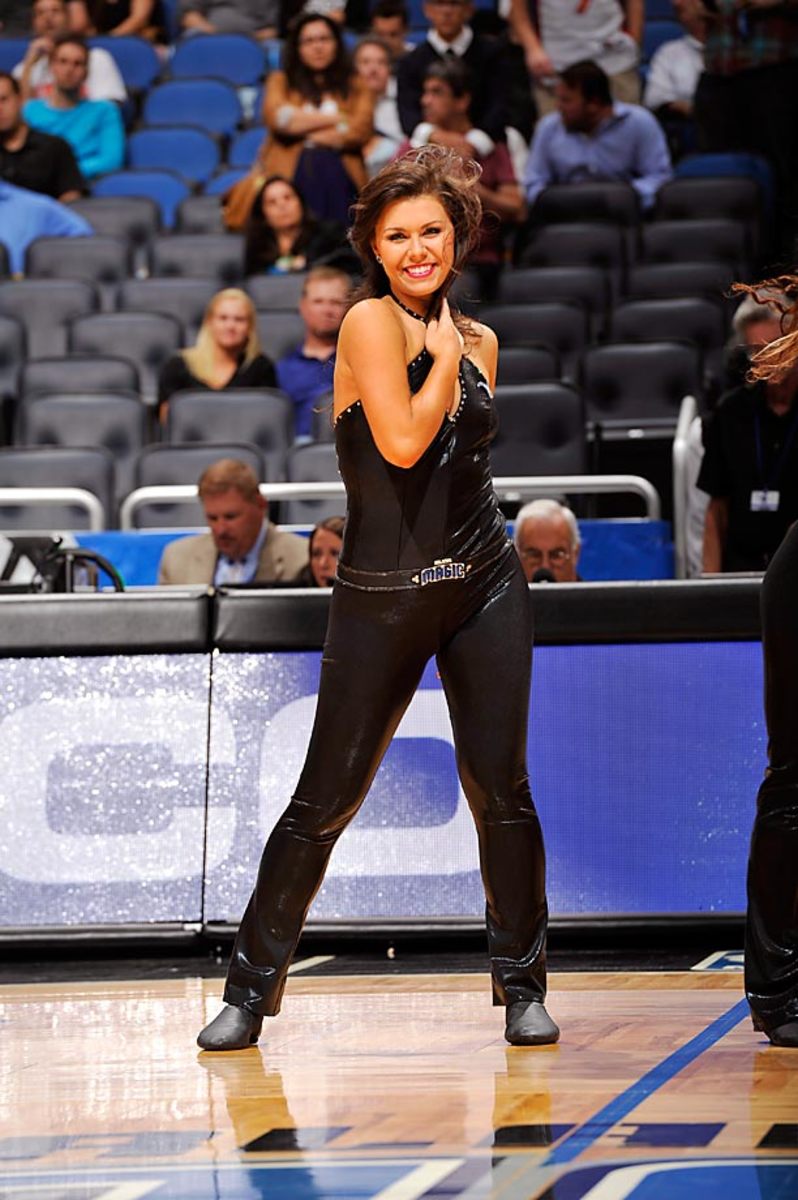
Alexa danced for the Orlando Magic during the 2012-13 season. She currently owns a company that specializes in neurotherapy and nutrition.
Alexa
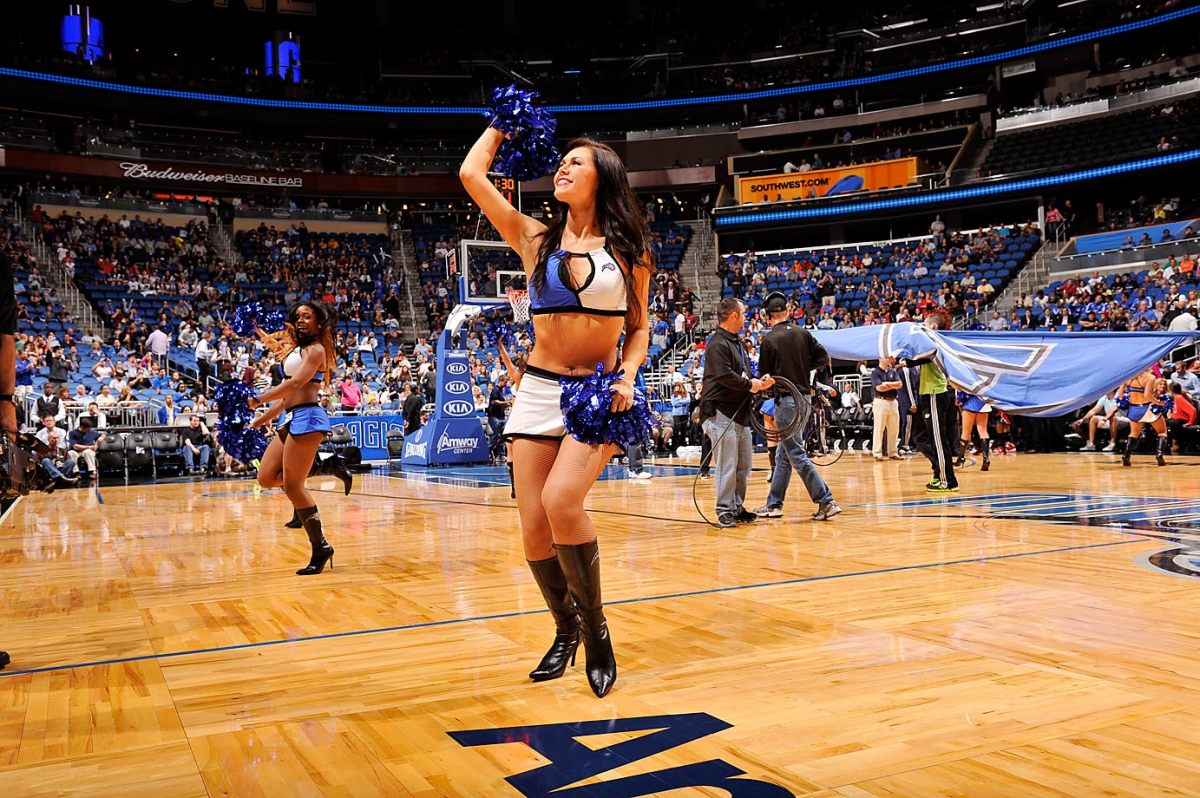
“In the future I want to both perform in an artistic aspect and also be a strong female in the business world and the sports science world.”
Alexa
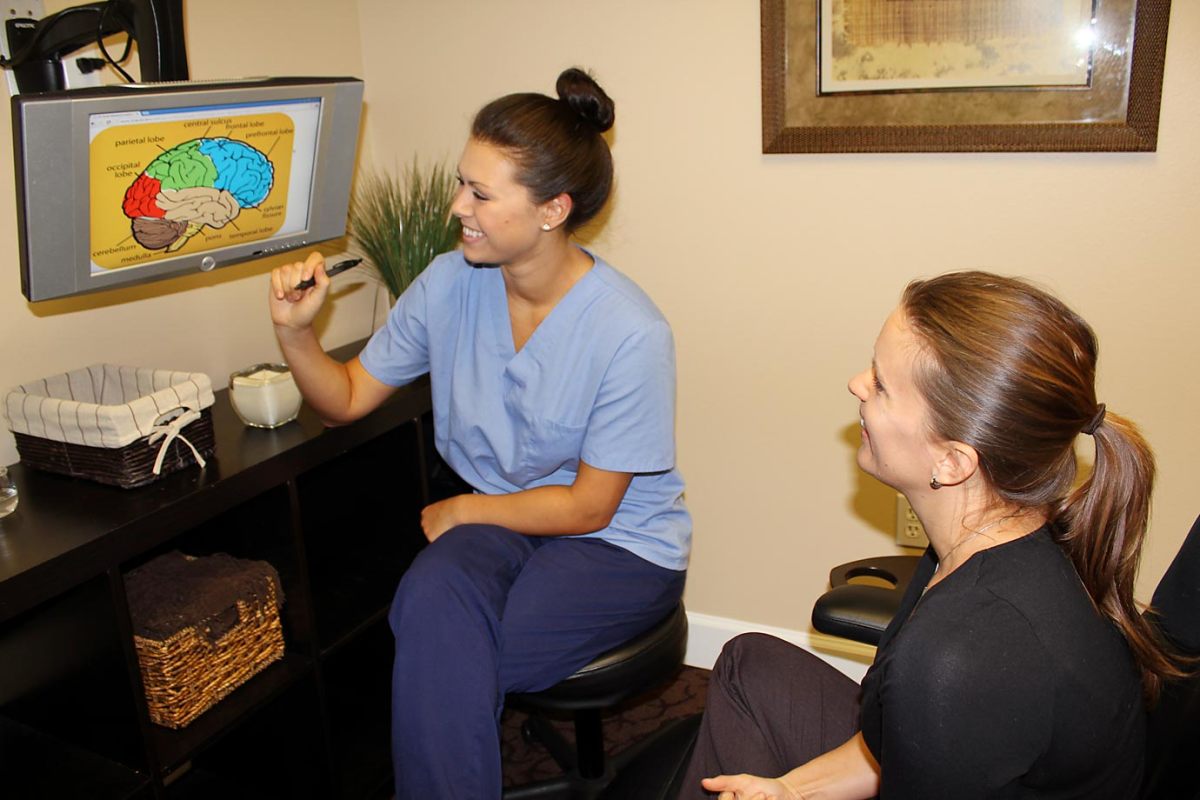
As a neurotherapist, Alexa works with patients to strengthen areas of their brain by monitoring their brain activity.
Ashley
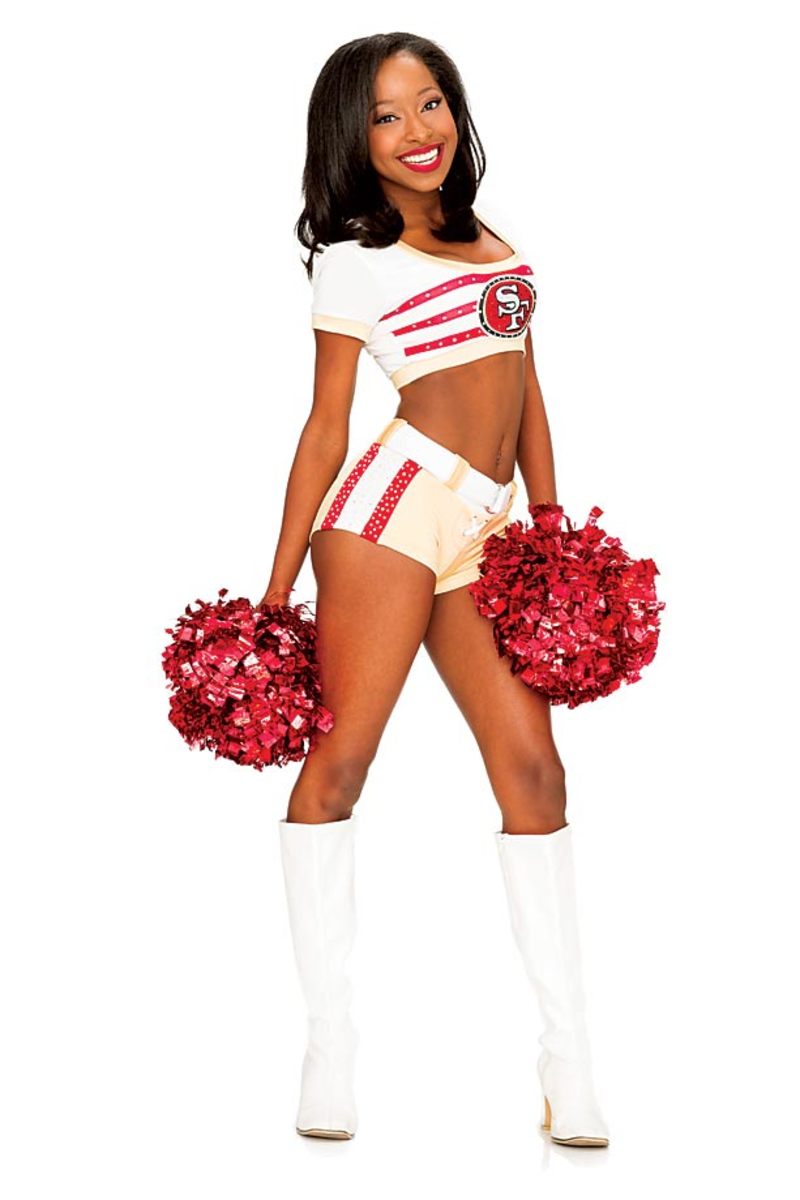
Ashley is a graduate student in her first year with the San Francisco 49ers cheerleaders.
Ashley
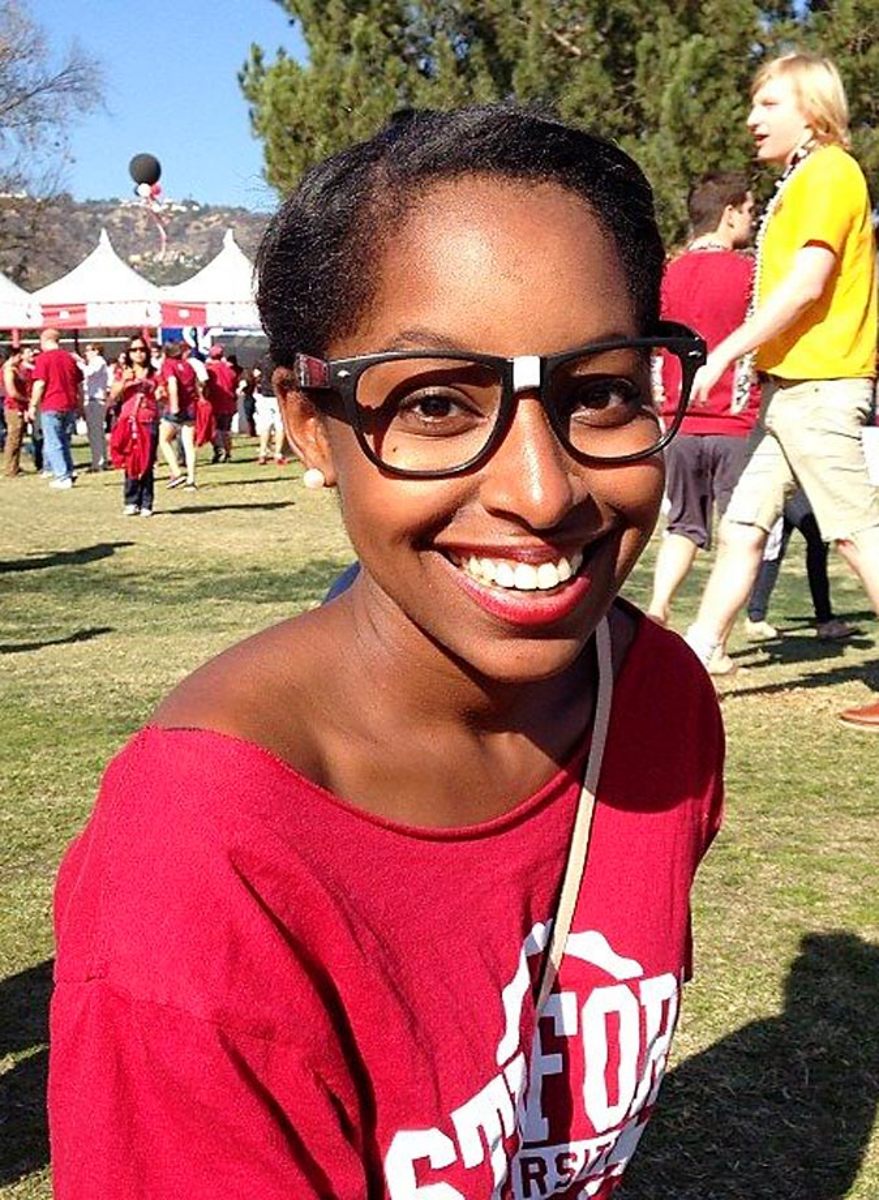
After graduating from Harvard, Ashley enrolled at Stanford to pursue an MBA and MBA in education.
Chantel
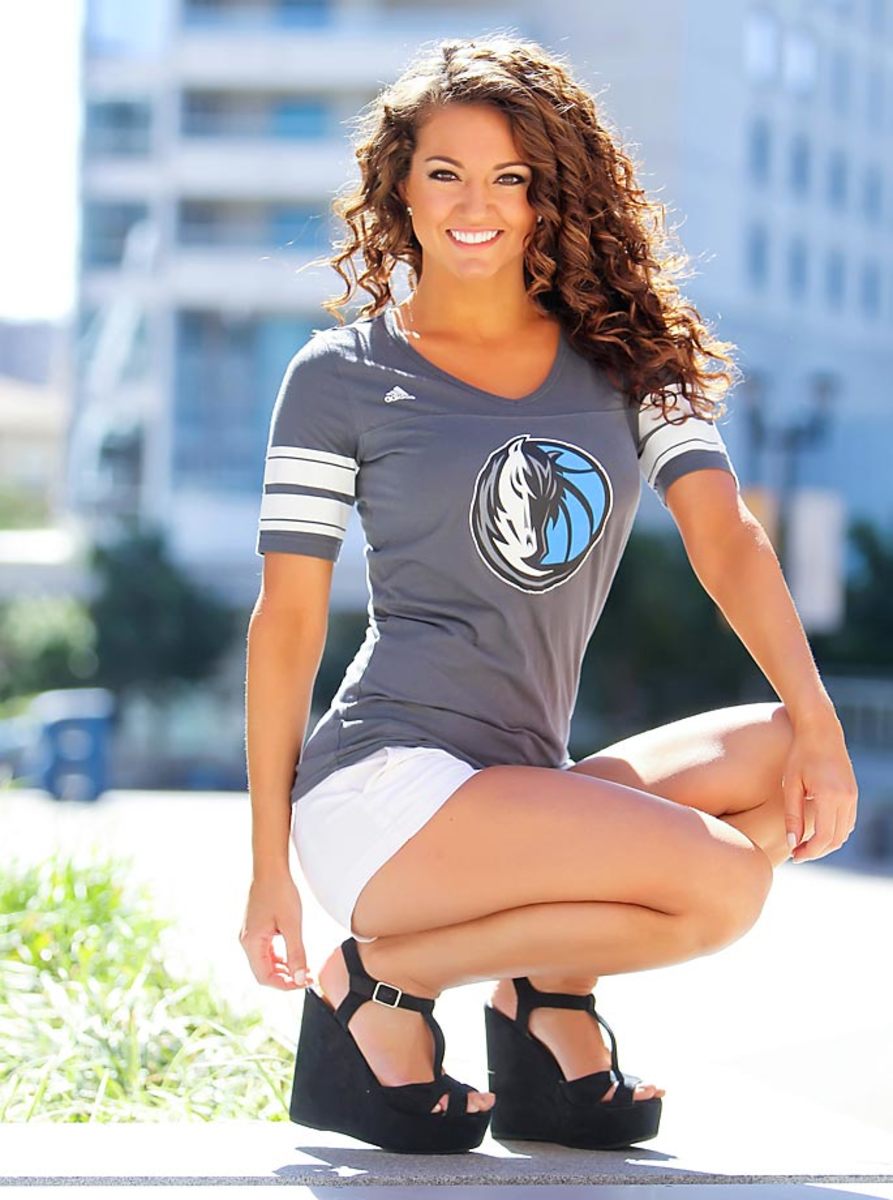
When she's not dancing for the Dallas Mavericks, Chantel is the marketing coordinator for women’s activewear brand Lorna Jane.
Chantel
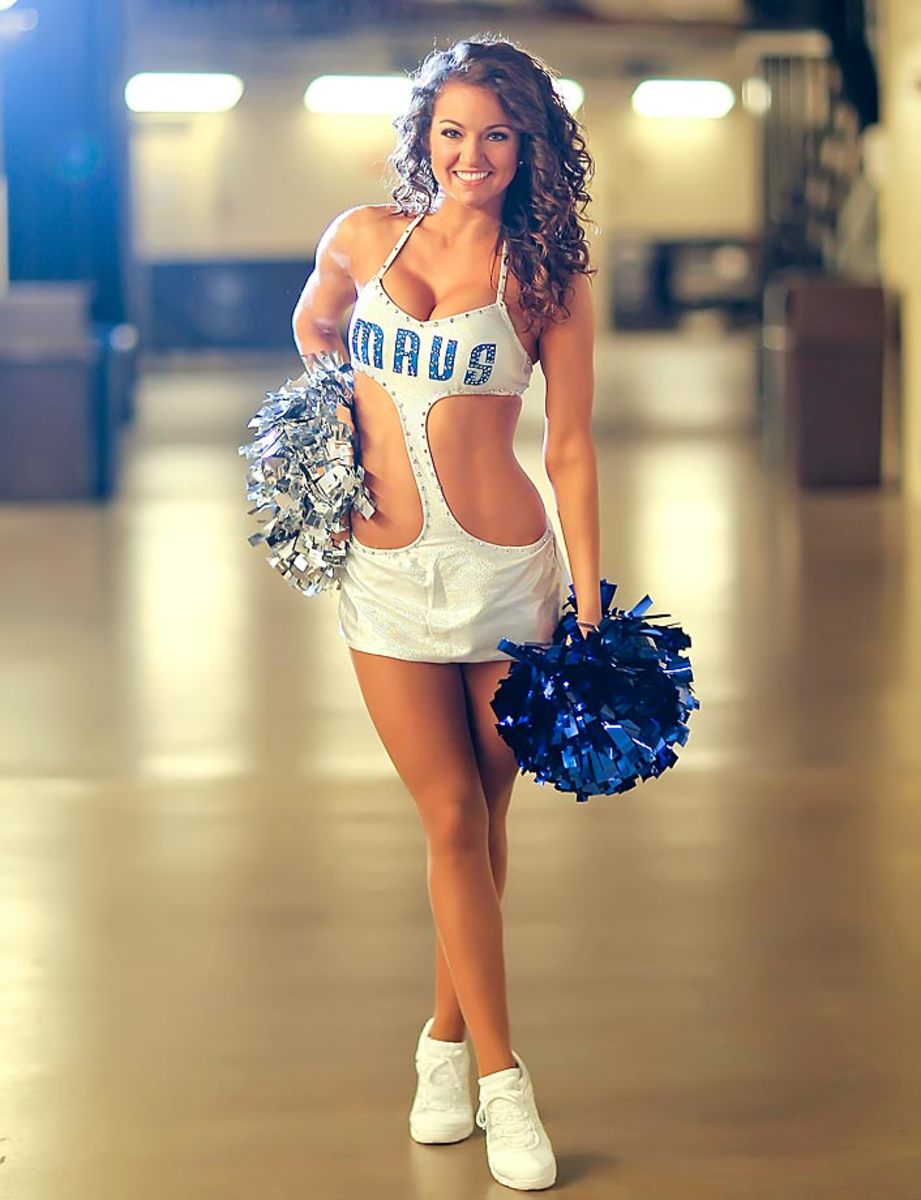
She also recently traveled to Haiti with the i’mMe organization to minister to orphans.
Colleen
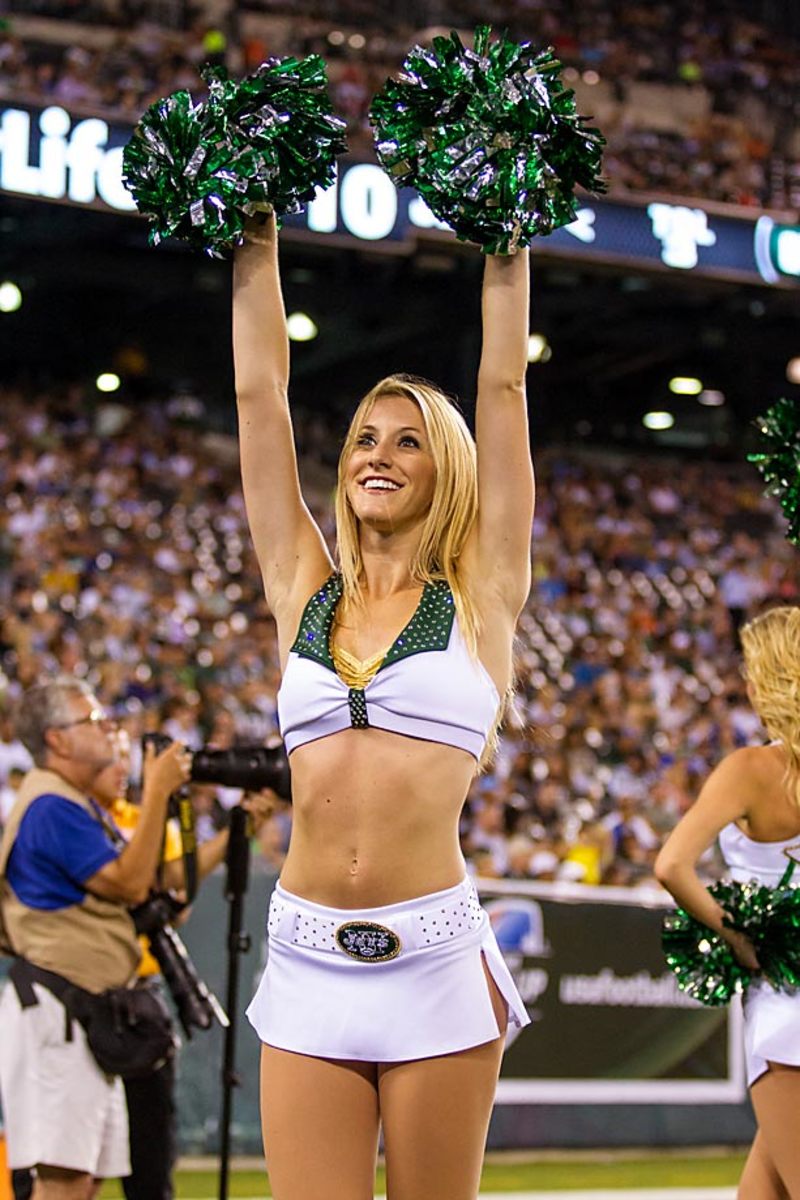
New York Jets Flight Crew cheerleader Colleen is a 5th grade special education teacher in an integrated co-teaching classroom.
Colleen
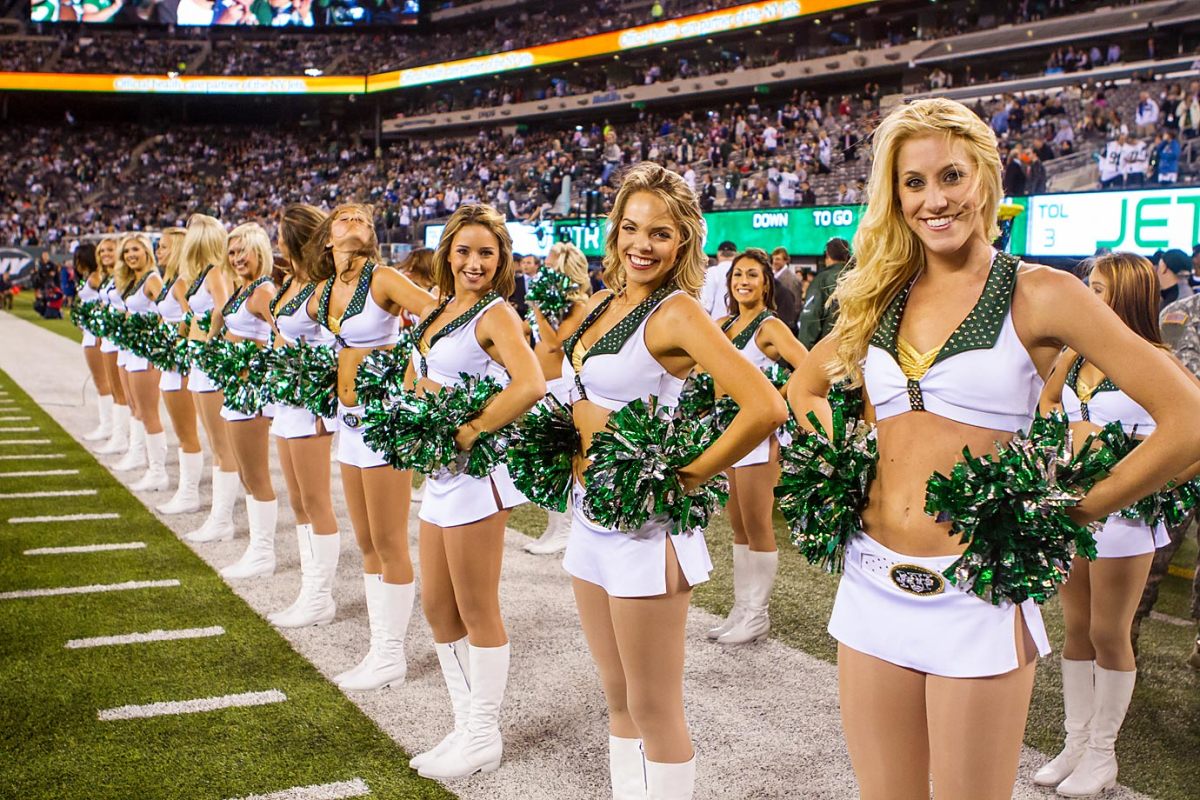
"The Junior Flight Crew program is my favorite part of being on the Flight Crew. I get to combine both things I love: working with kids and dancing."
Genevieve
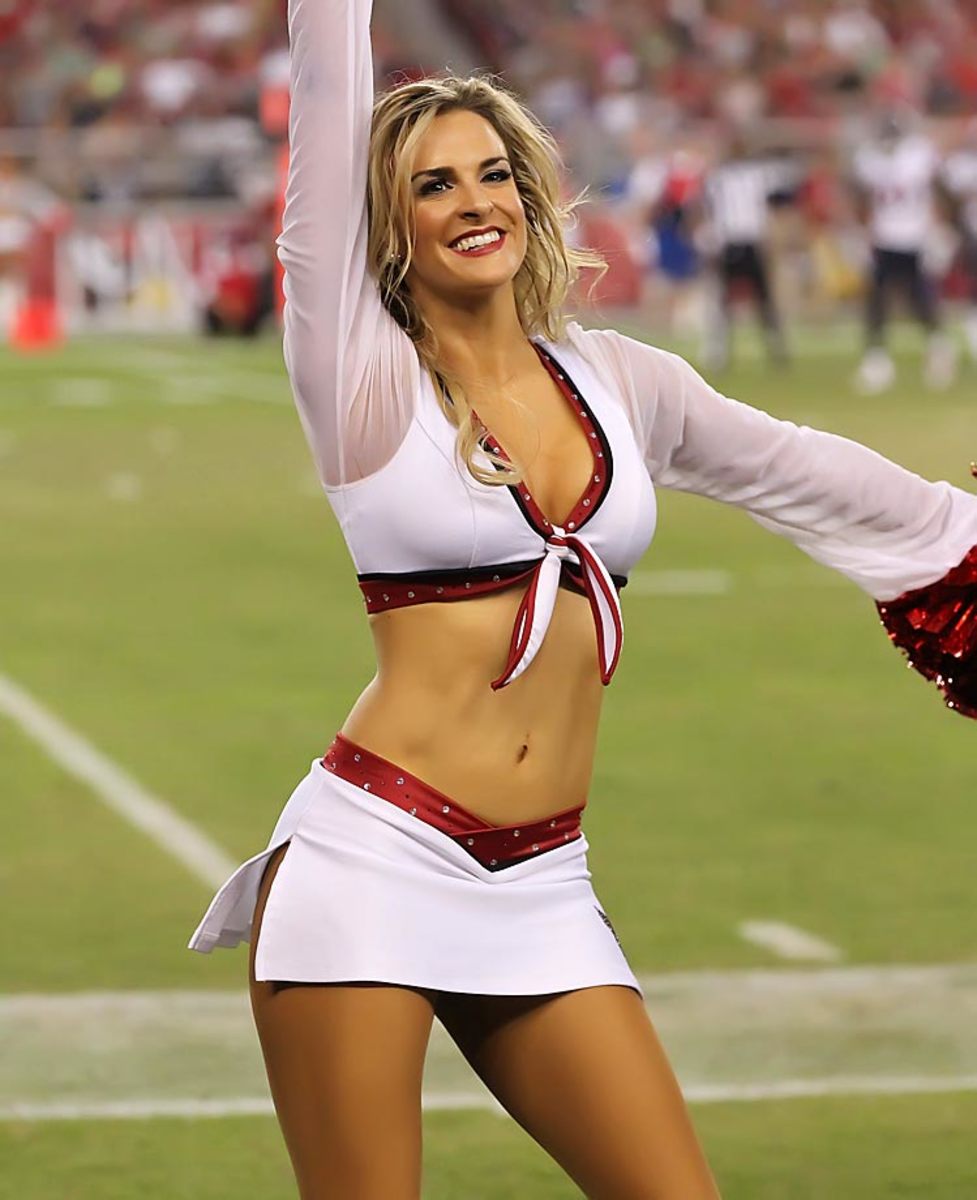
Before cheering for the Arizona Cardinals, Genevieve graduated summa cum laude in industrial technology and was hired by Cisco Systems straight out of college.
Genevieve
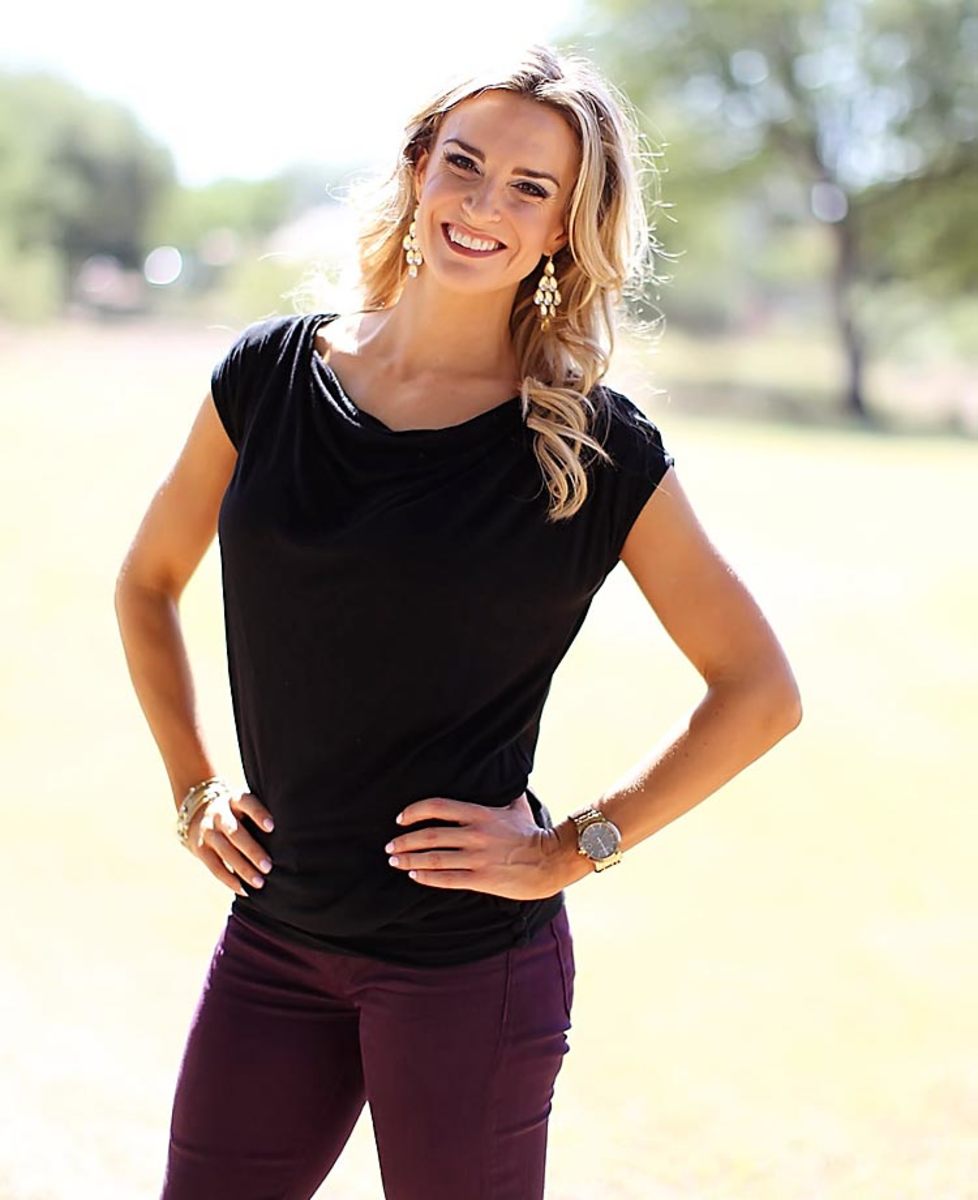
As an account executive in charge of IT sales, Genevieve works with businesses to use technology to enhance their internal and external communications.
Jasmine
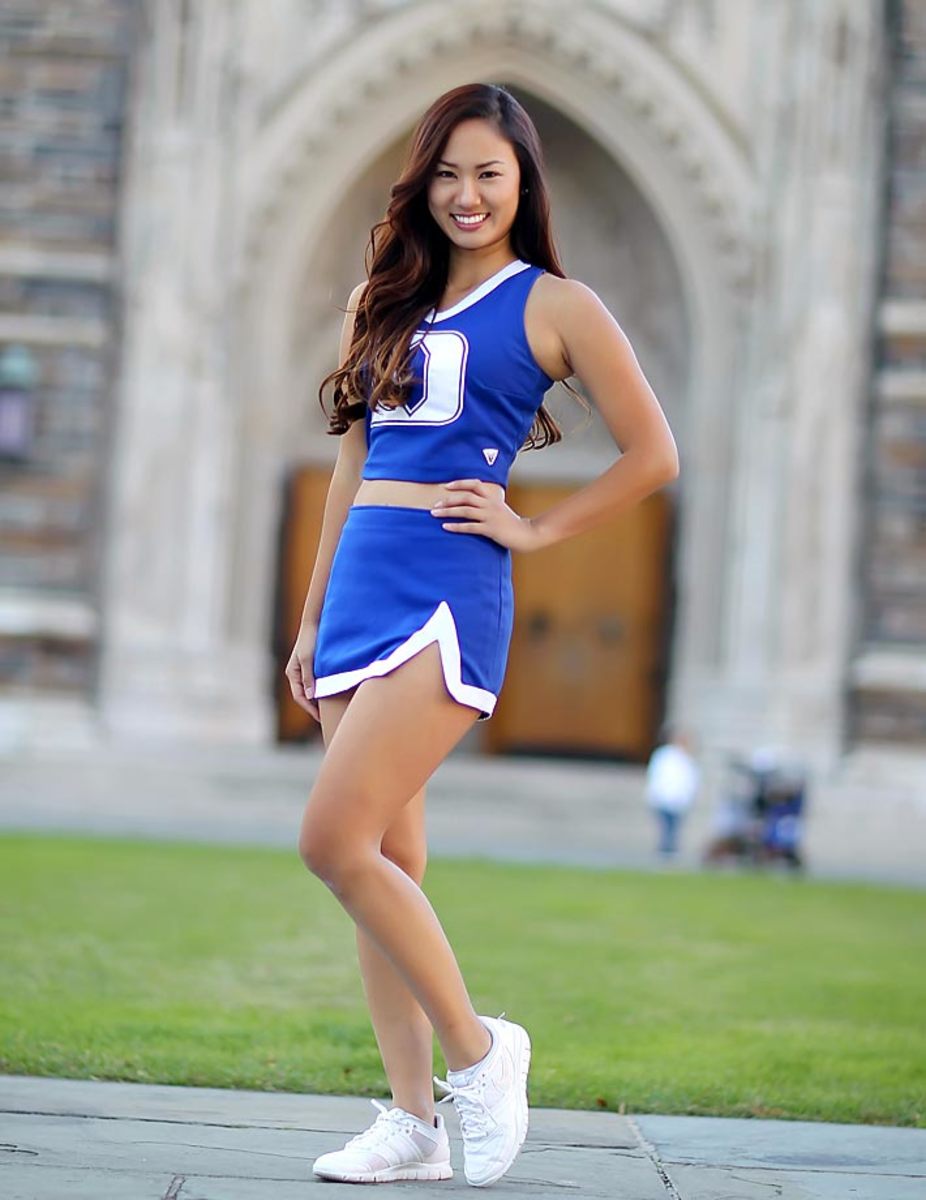
In addition to being a Duke University cheerleader, Jasmine is a neuroscience major on the pre-medicine track with a minor in Asian & Middle Eastern studies.
Jasmine
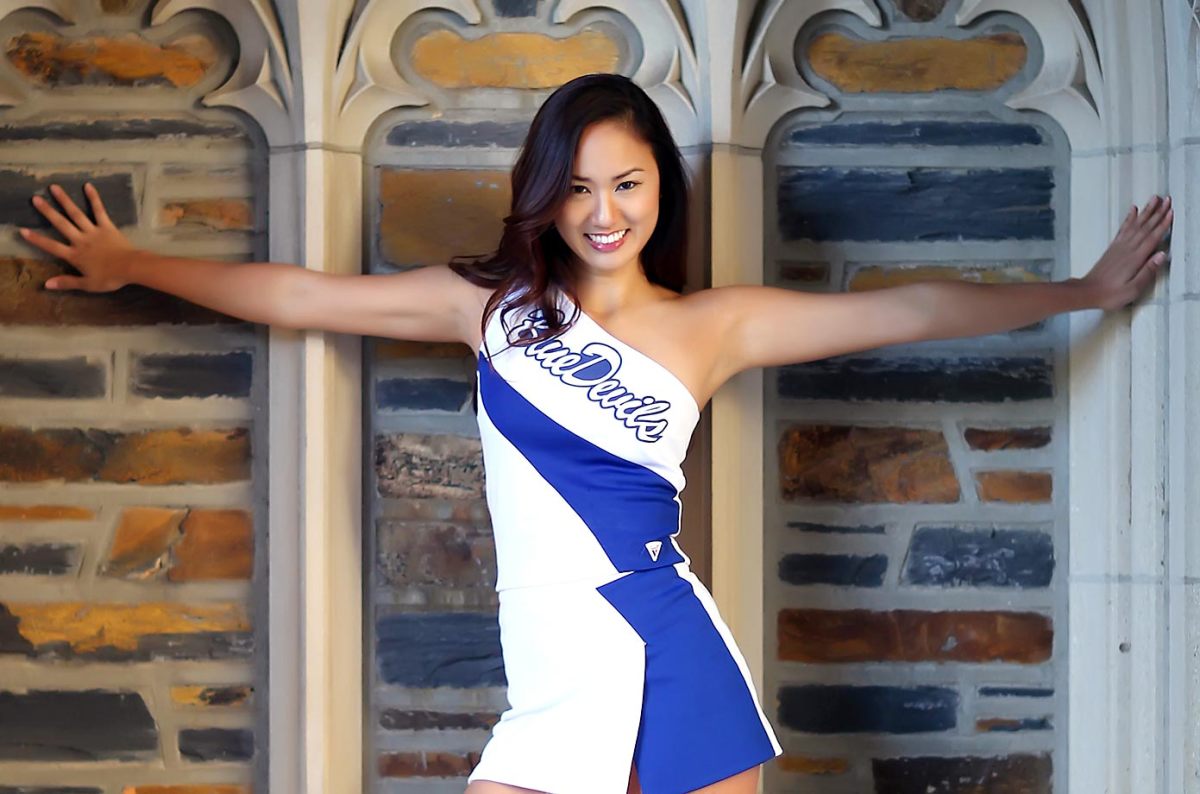
She also works as a research assistant in a psychiatry lab at Duke University Medical Center and volunteers at a local church.
Julia
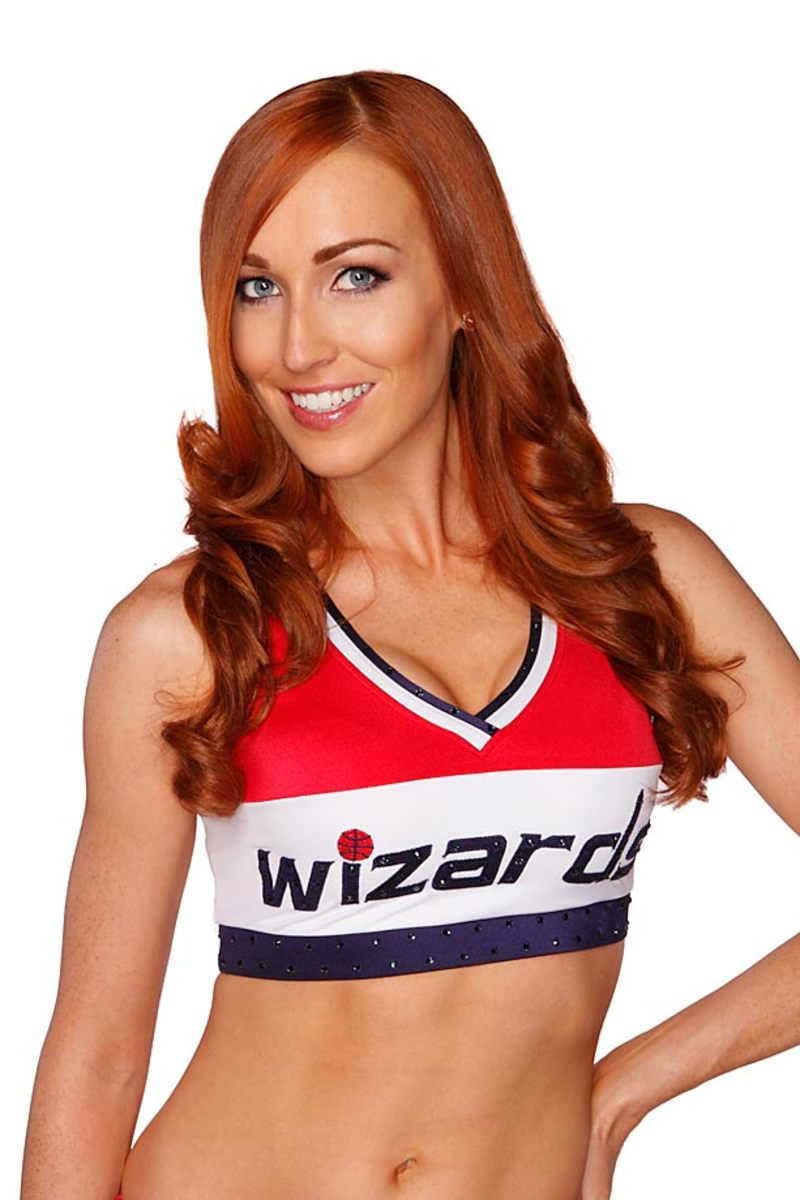
Julia is in her fourth season as a Washington Wizards dancer and her second as captain. She majored in marine biology at Duke University and received her master’s degree in environmental science.
Julia
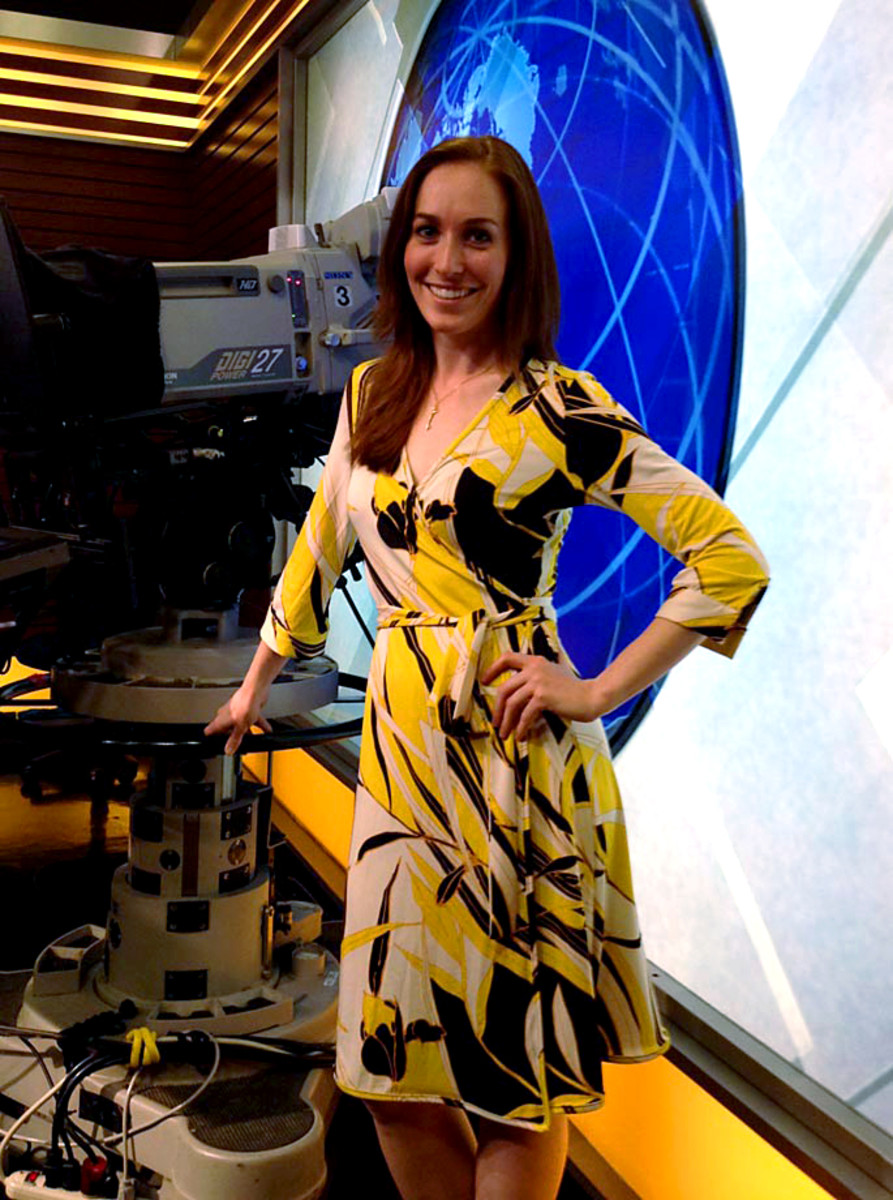
She works as a reporter/producer at PBS Newshour.
Kate
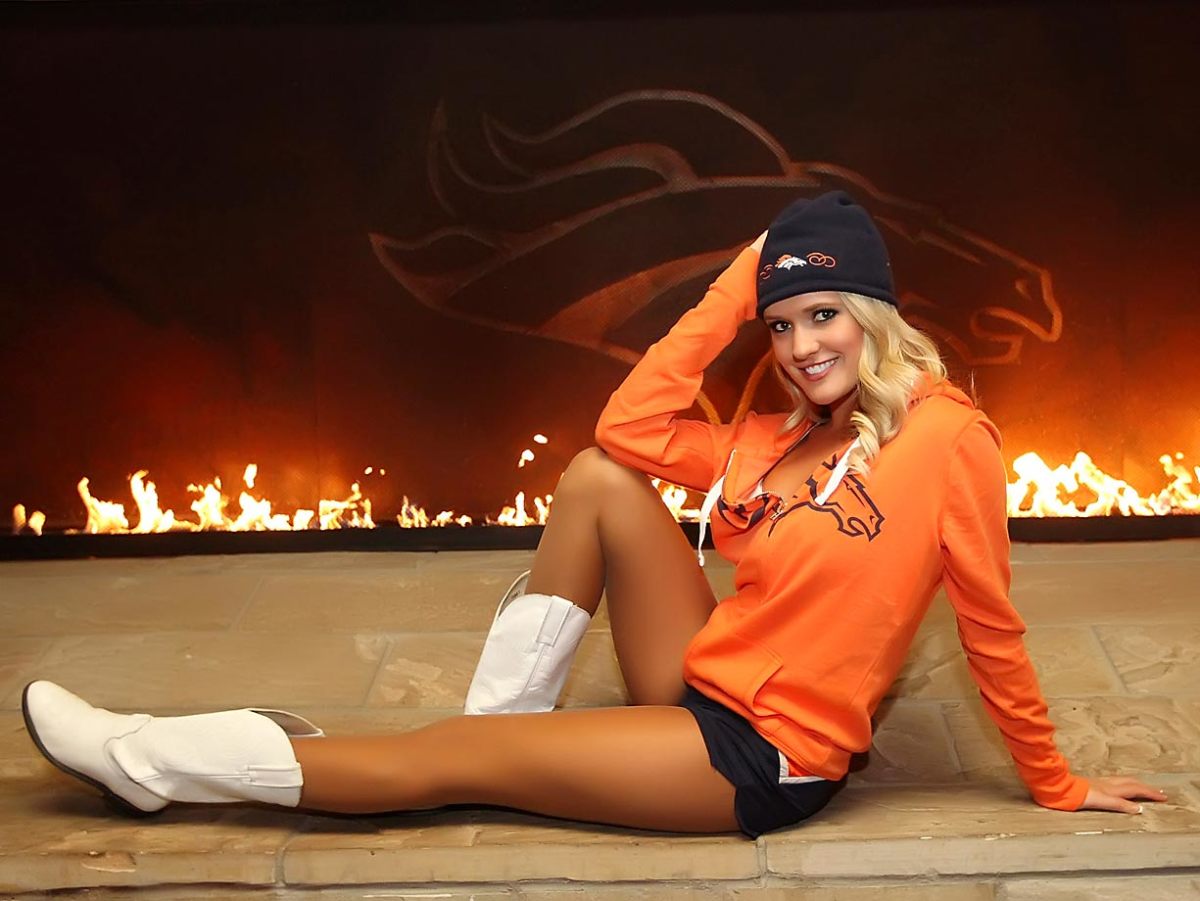
Outside of cheerleading for the Denver Broncos, Kate studies entrepreneurial law at the University of Colorado and interns at a law firm in downtown Boulder.
Kate
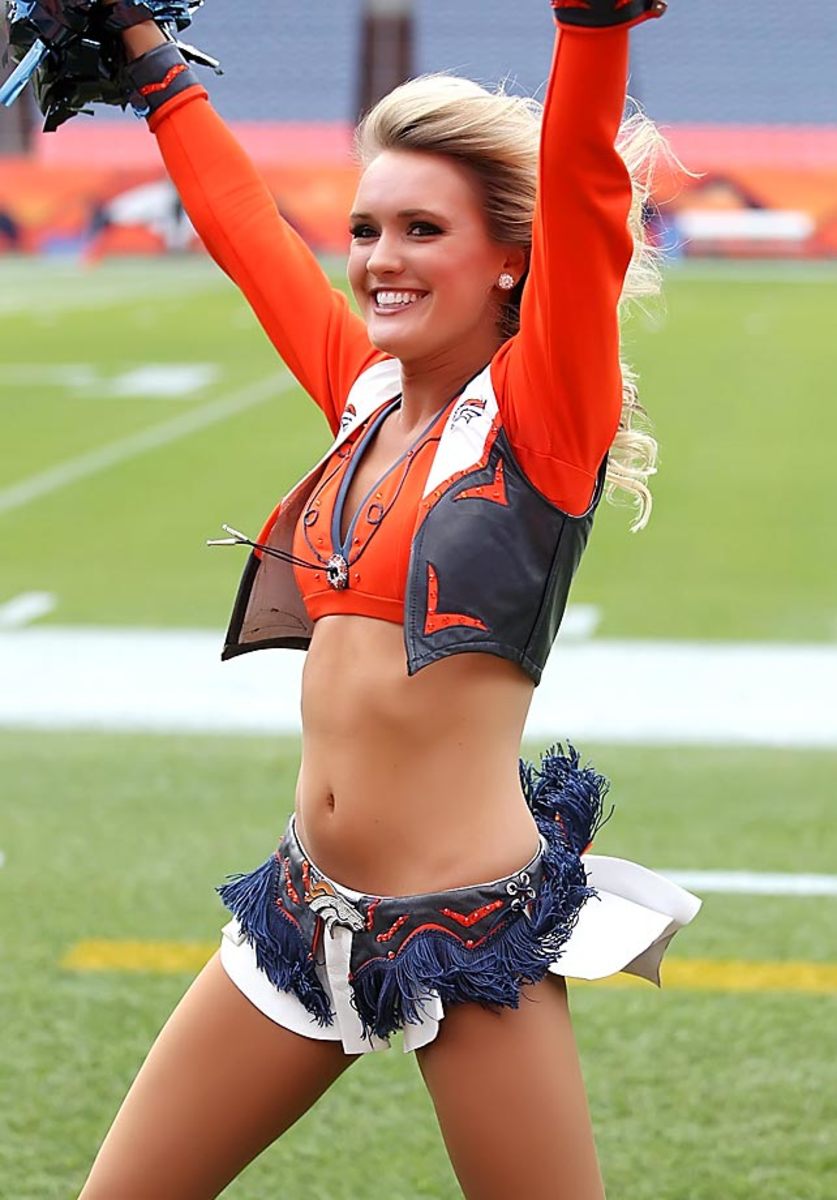
Kate comes from a family of lawyers and discovered her own passion for it after taking business law classes in college.
Kelly
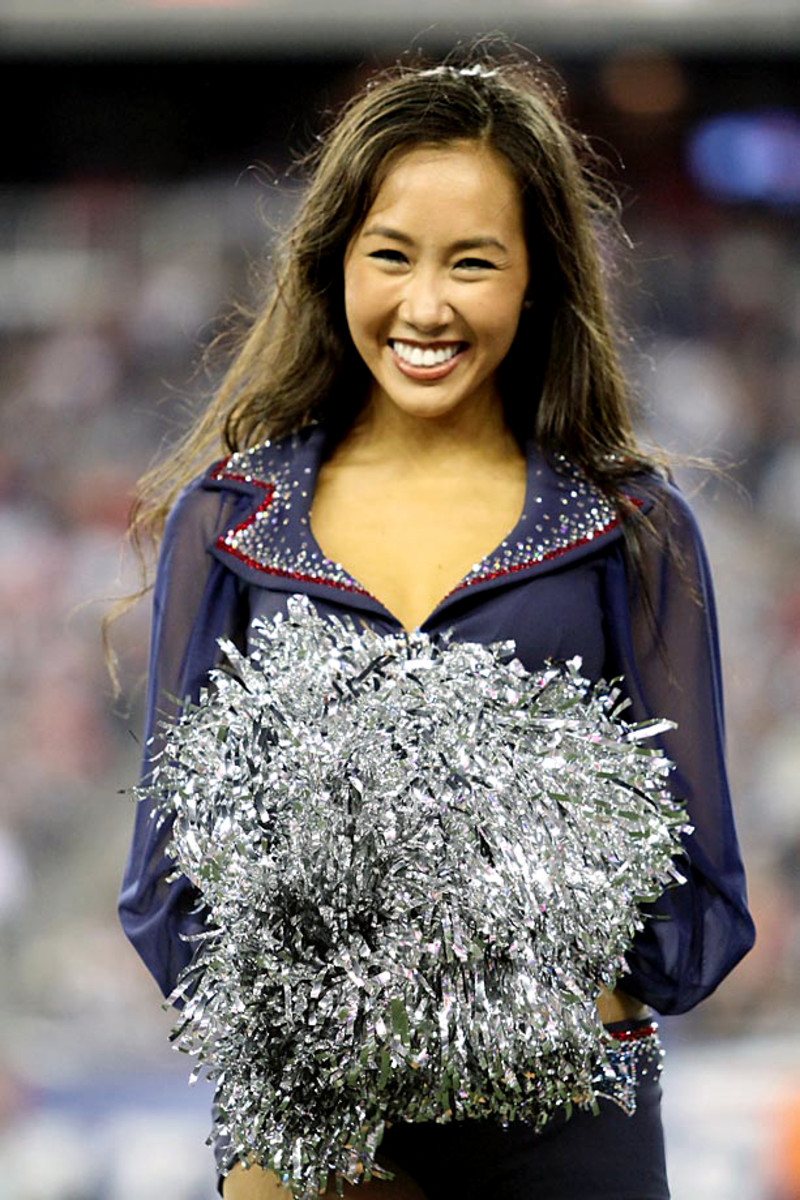
New England Patriots cheerleader Kelly has degrees from Middlebury College, Harvard University and Boston College.
Kelly
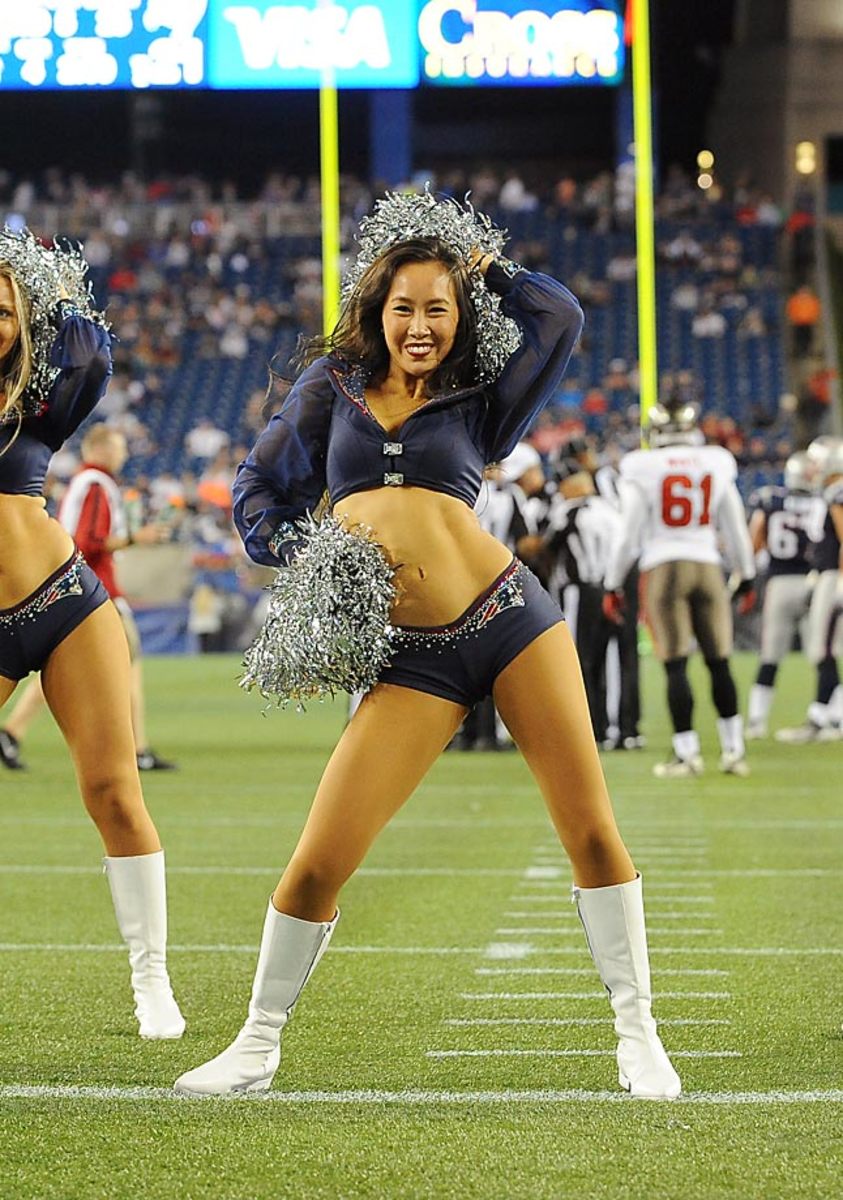
In the future, she wants to be a professor and a researcher, two careers she has already started pursuing.
Kelly
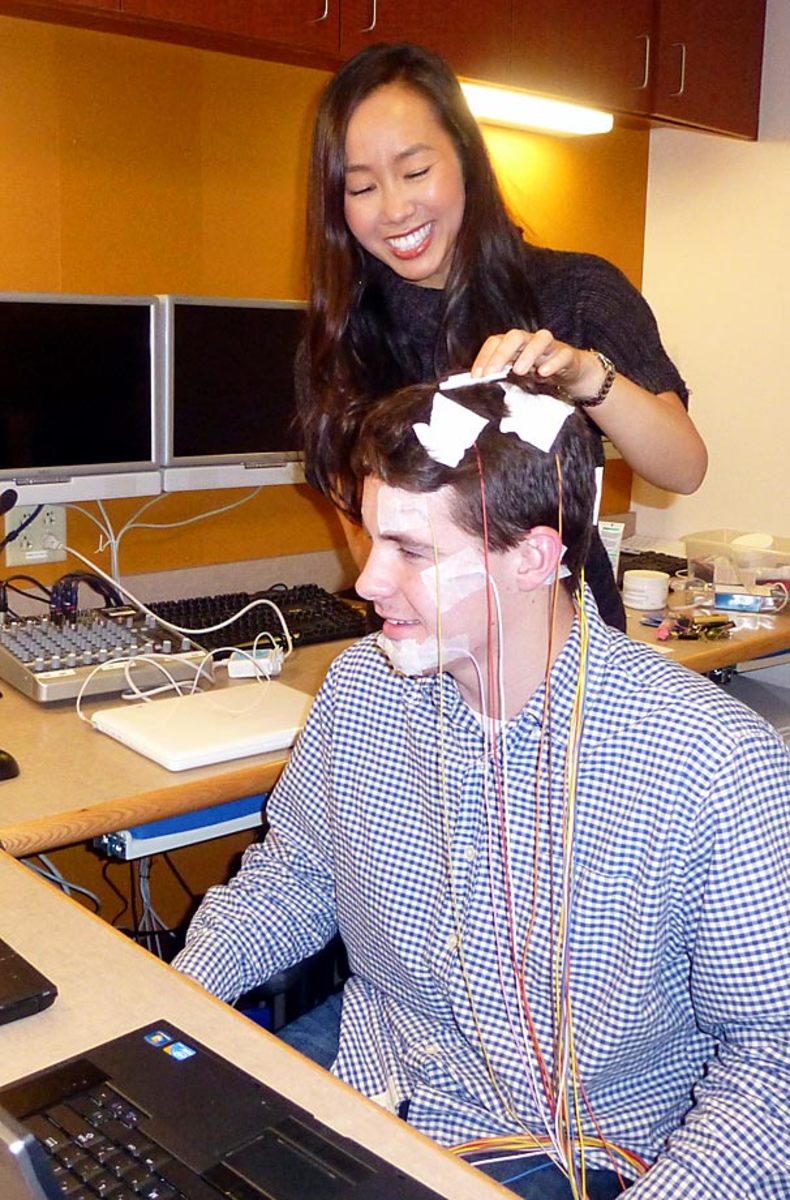
In her fourth year as a Ph.D. candidate, she conducts research, analyzes data and writes papers.
Kelsie
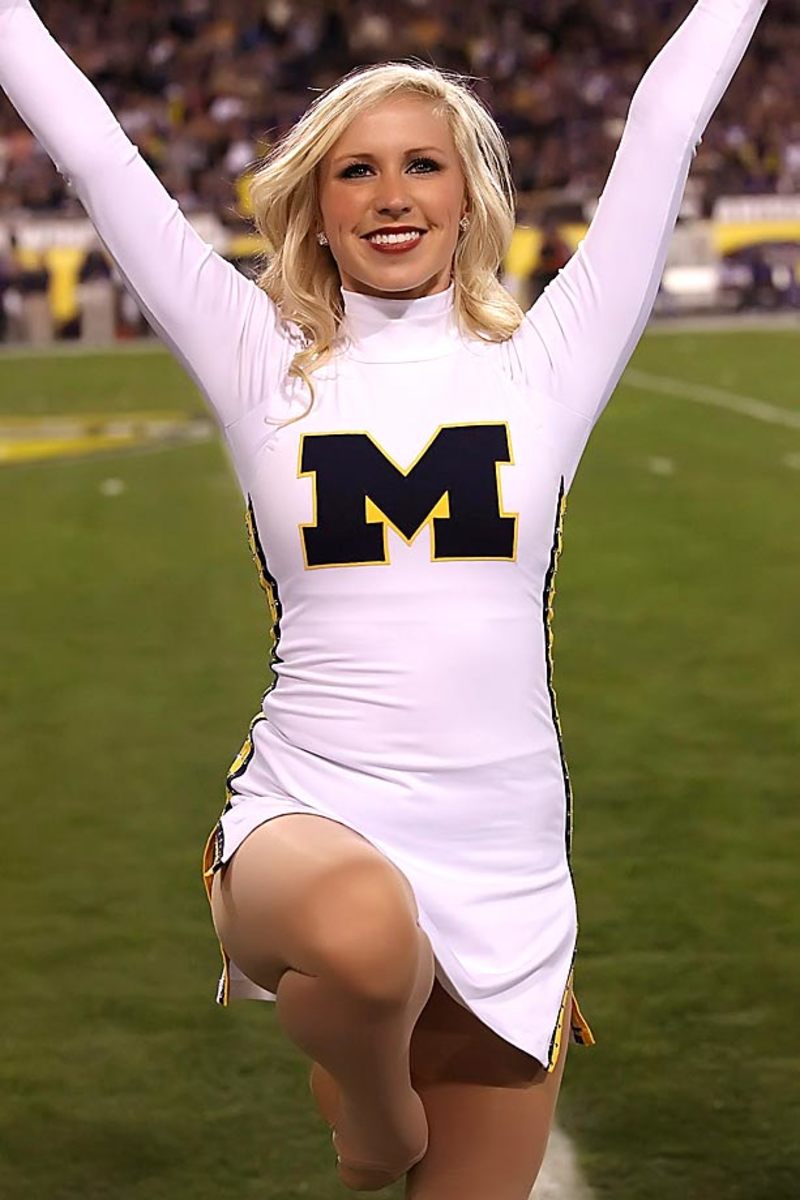
Kelsie double majored in political science and Spanish and minored in philosophy while cheerleading at the University of Michigan. She currently attends law school.
Kelsie
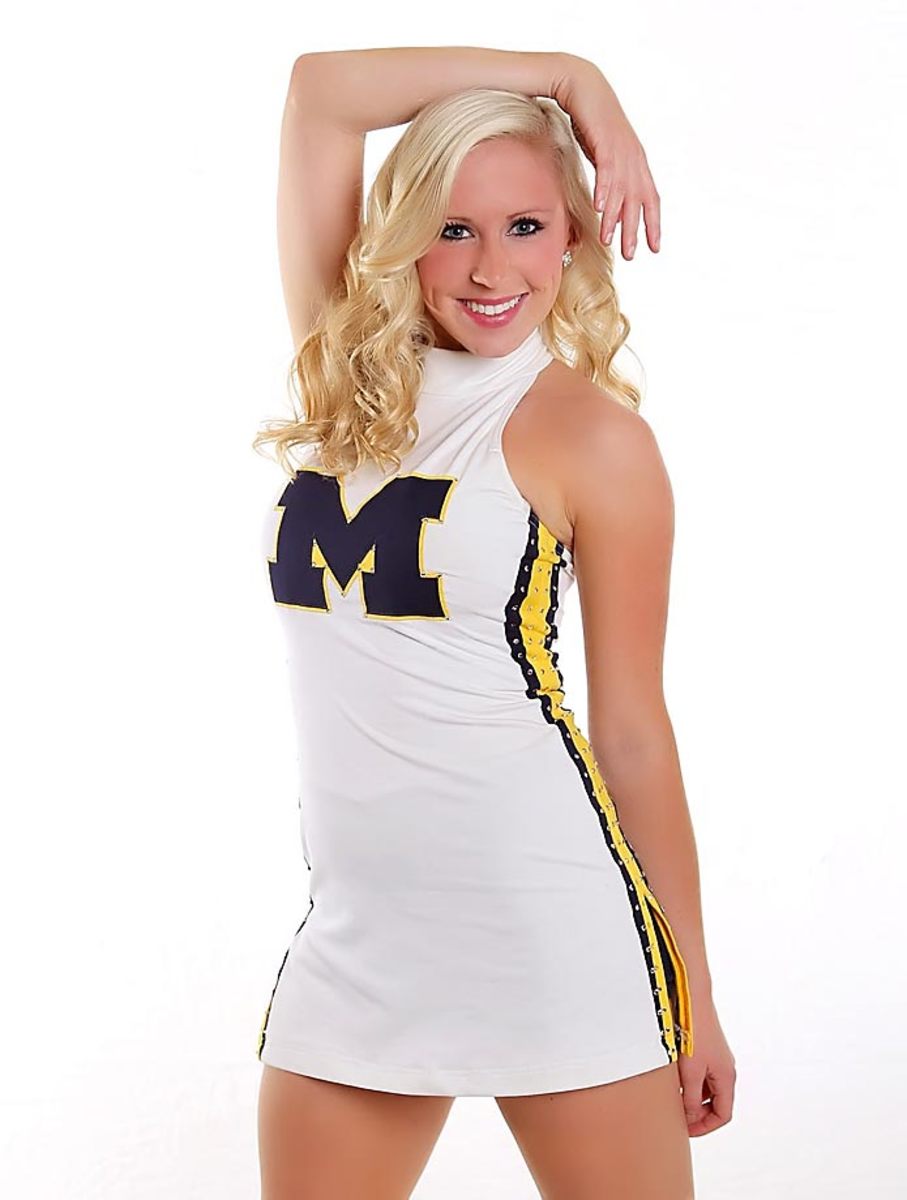
“I made a habit of every Sunday reflecting on the week that passed, and I was especially proud of the fact that nearly every week I pushed myself physically and academically beyond what I had in the past.”
Kristina
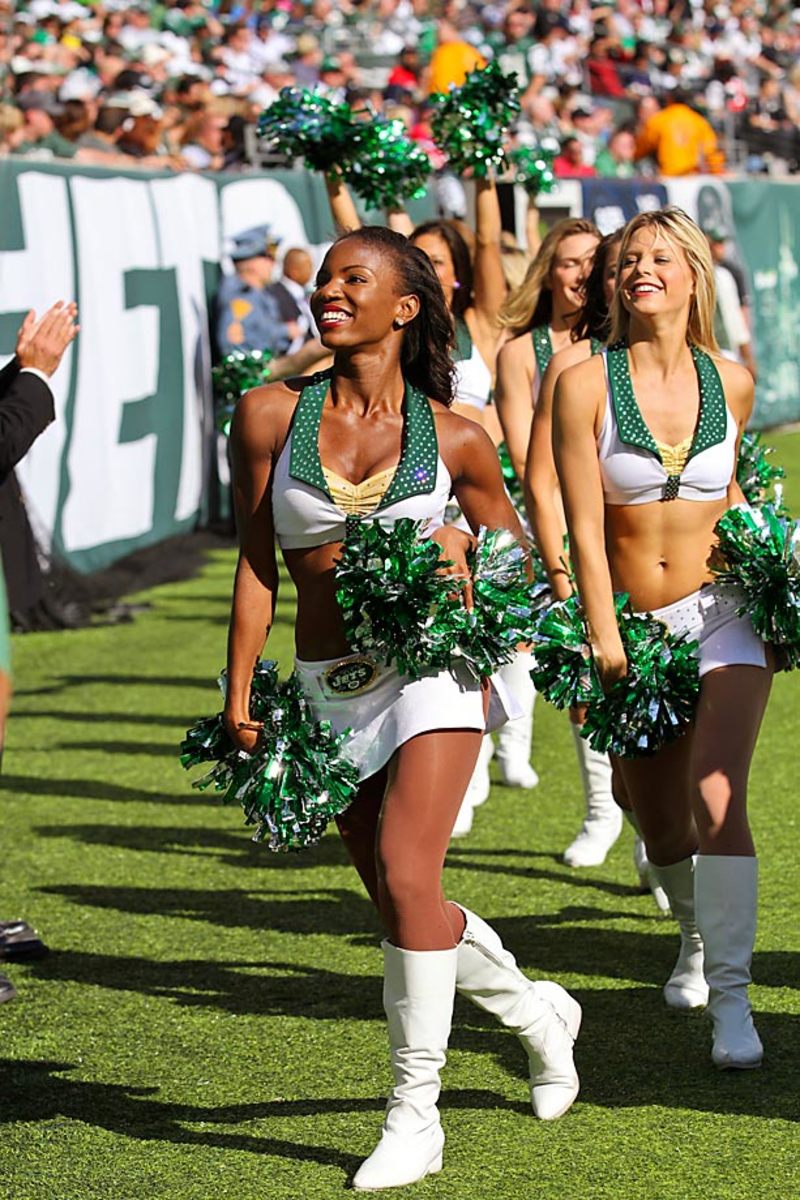
Kristina is a two-year veteran of the Jets Flight Crew and an attorney at a non-profit organization.
Kristina
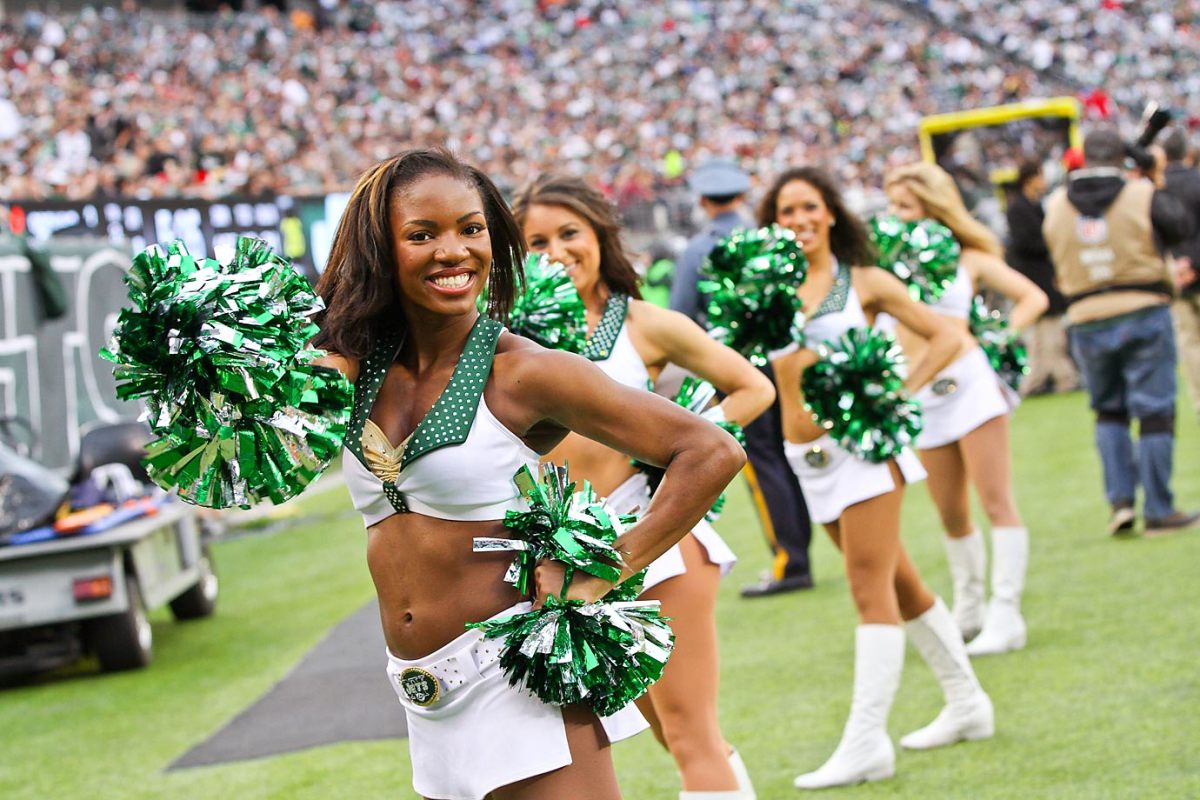
She graduated from Georgetown Law and has a background in corporate law with a concentration on mergers and acquisitions.
Michelle
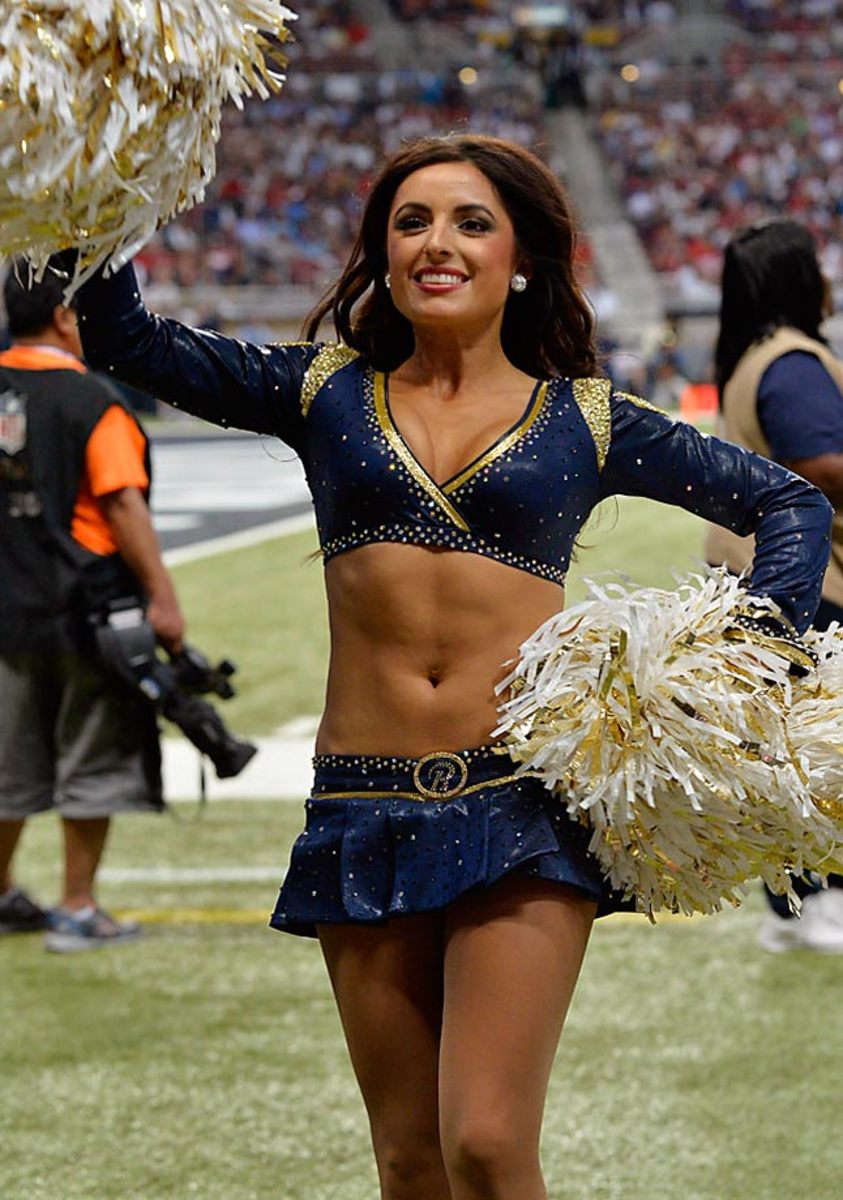
Michelle danced for the San Antonio Spurs and cheered for the St. Louis Rams while on active duty in the Air Force.
Michelle
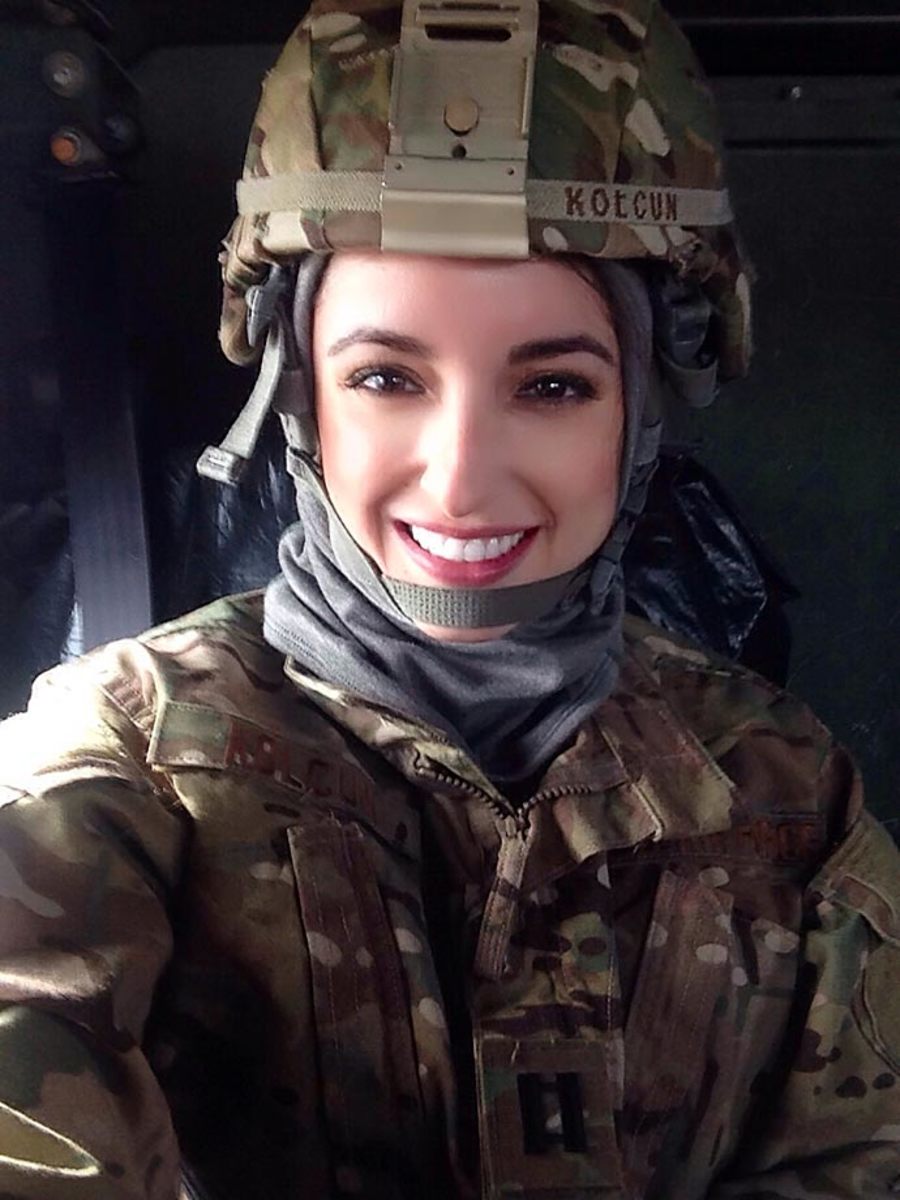
She is currently stationed in Hawaii where she works as a health administrator in the Medical Service Corps.
Rachel
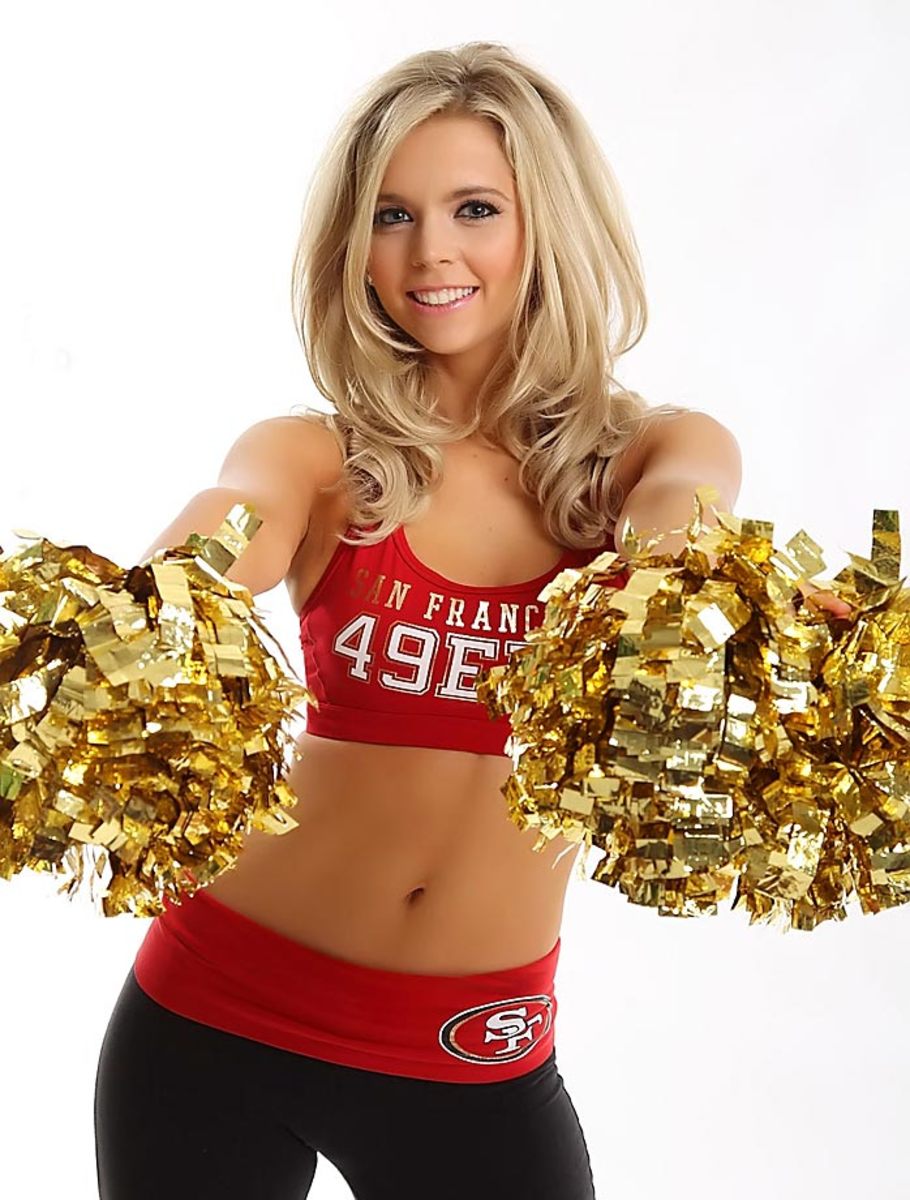
Rachel studied chemical engineering at MIT and is now pursuing her MBA at Harvard Business School. While cheering for the 49ers Gold Rush cheerleaders, she worked for Tesla as a battery engineer.
Rachel
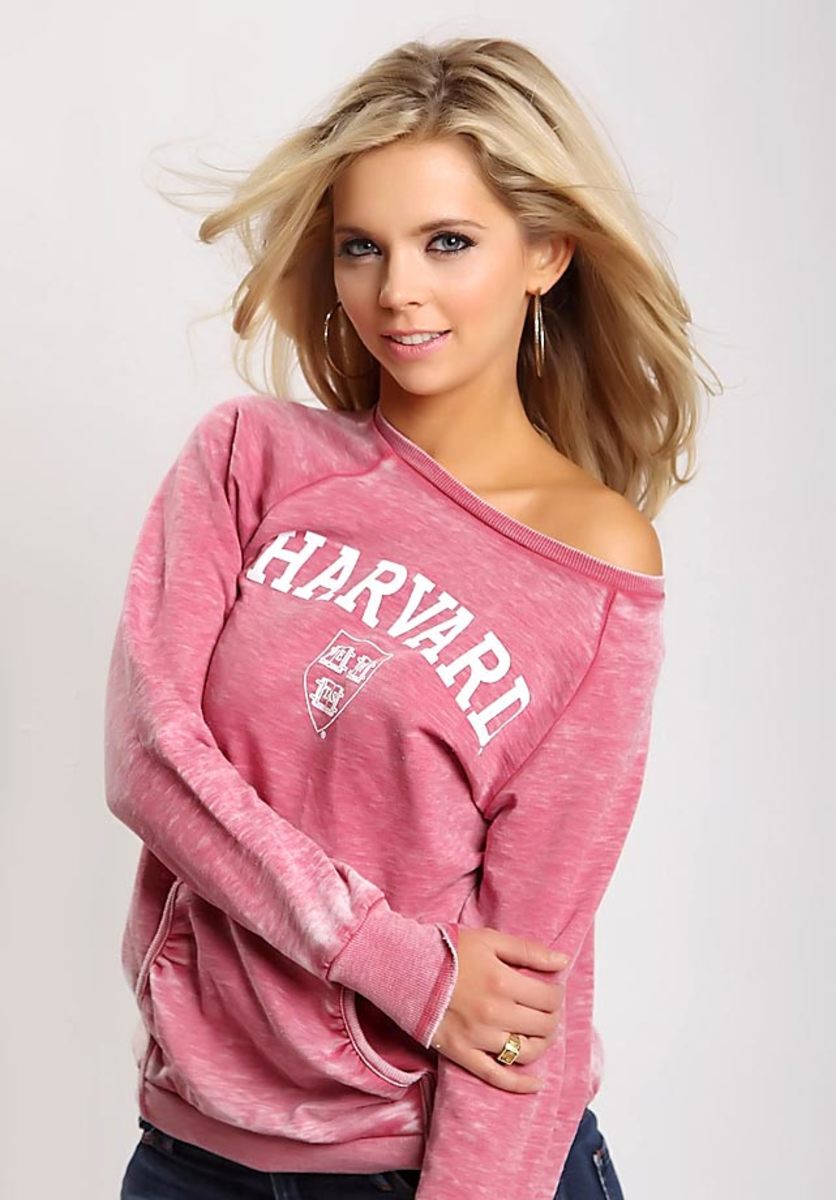
In the future she hopes to start an organization that supports women in science education. “It’s especially fun for me when young fans ask about my job, because then I get to ask them about their science class and remind them how cool it is.”
Summer
![summerIMG_9494_hi_res[1].jpg](https://www.si.com/.image/t_share/MTY4MjU2MzYyMDAyNDU4NDk3/summerimg_9494_hi_res1jpg.jpg)
Summer cheered for the Houston Texans while working for NASA. She is currently in the avionic systems division at the Johnson Space Center.
Summer
![summerIMG_9515-retouched-with-background[1].jpg](https://www.si.com/.image/t_share/MTY4MjU2MzYxOTk3MjgxMTUz/summerimg_9515-retouched-with-background1jpg.jpg)
She is also involved with the organization Science Cheerleader, founded by former Philadelphia 76ers dancer Darlene Cavalier. Science Cheerleader challenges stereotypes of women in science and includes over 200 active cheerleaders.
Talmesha
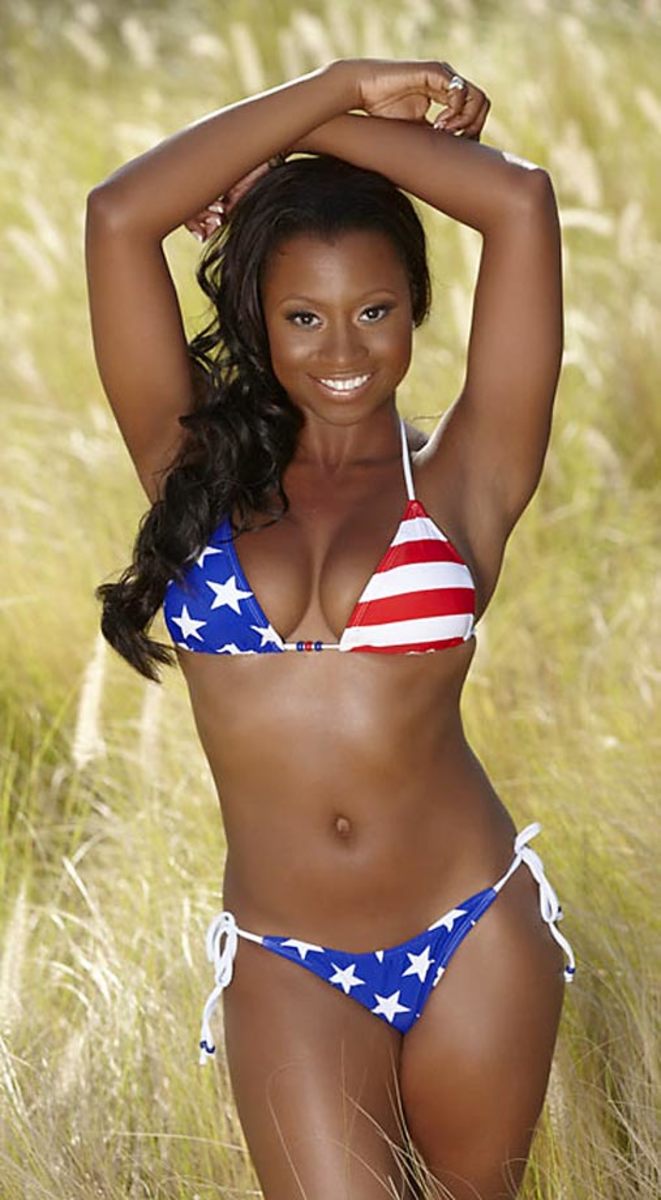
Talmesha cheered for the Washington Redskins for five years while also pursuing science. She has a B.S. in chemical engineering, a B.S. in mathematics and a Ph.D. in cellular and molecular medicine. She promotes the involvement of students in STEM fields through her job at STEMconnector.
Teleza
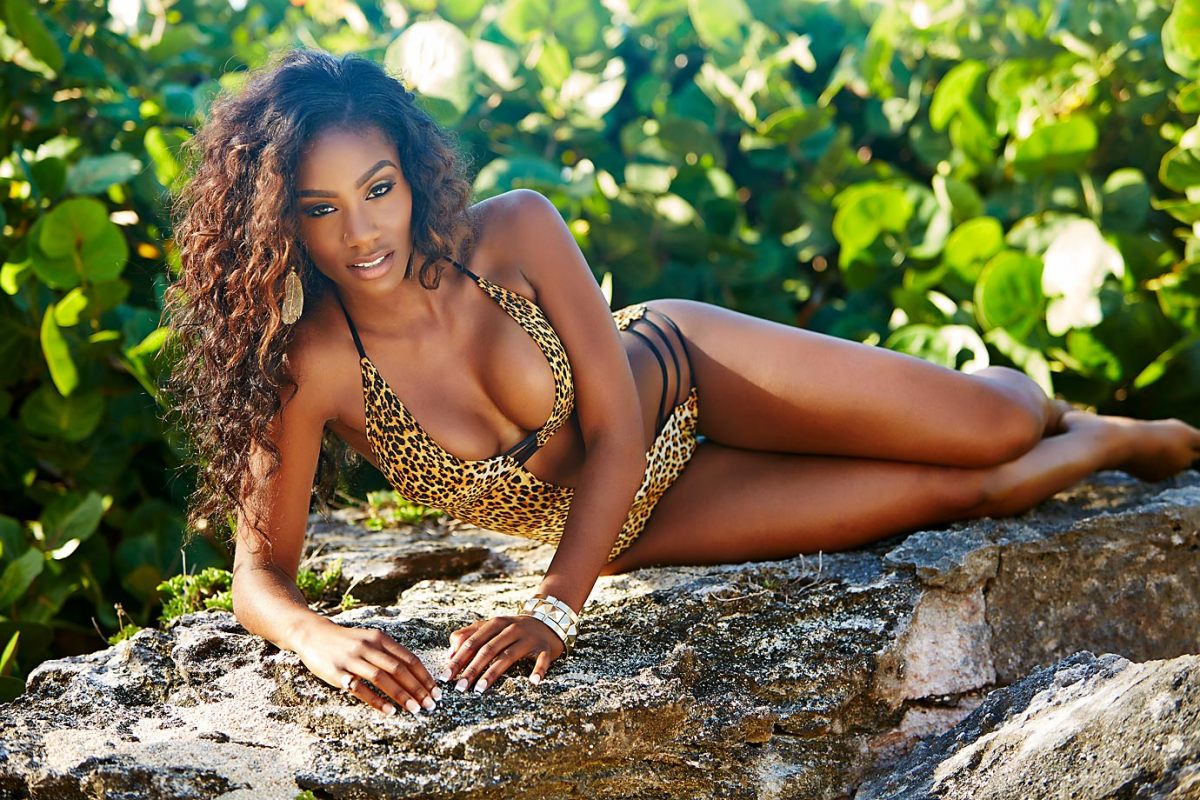
In addition to being a Washington Redskins cheerleader, Teleza is a full-time math teacher and ultimately wants to become a pediatric oncologist. “Cheering is busy, but it’s my release. It may be a tough workload, but my passion is what carries me through stress-free.”
Zenobia
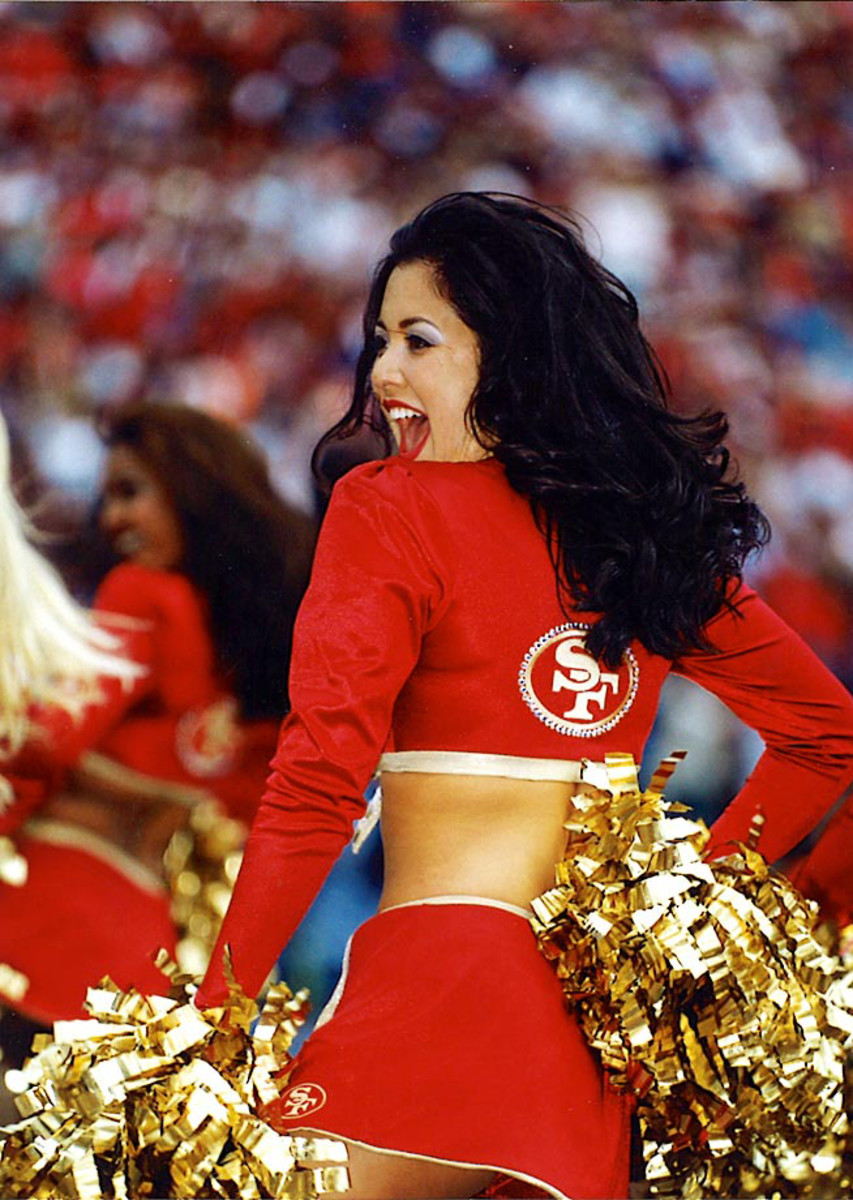
After cheering for the San Francisco 49ers from 1998-2000, Zenobia is now the CEO of ZAG communications, a technology PR firm.
Zenobia
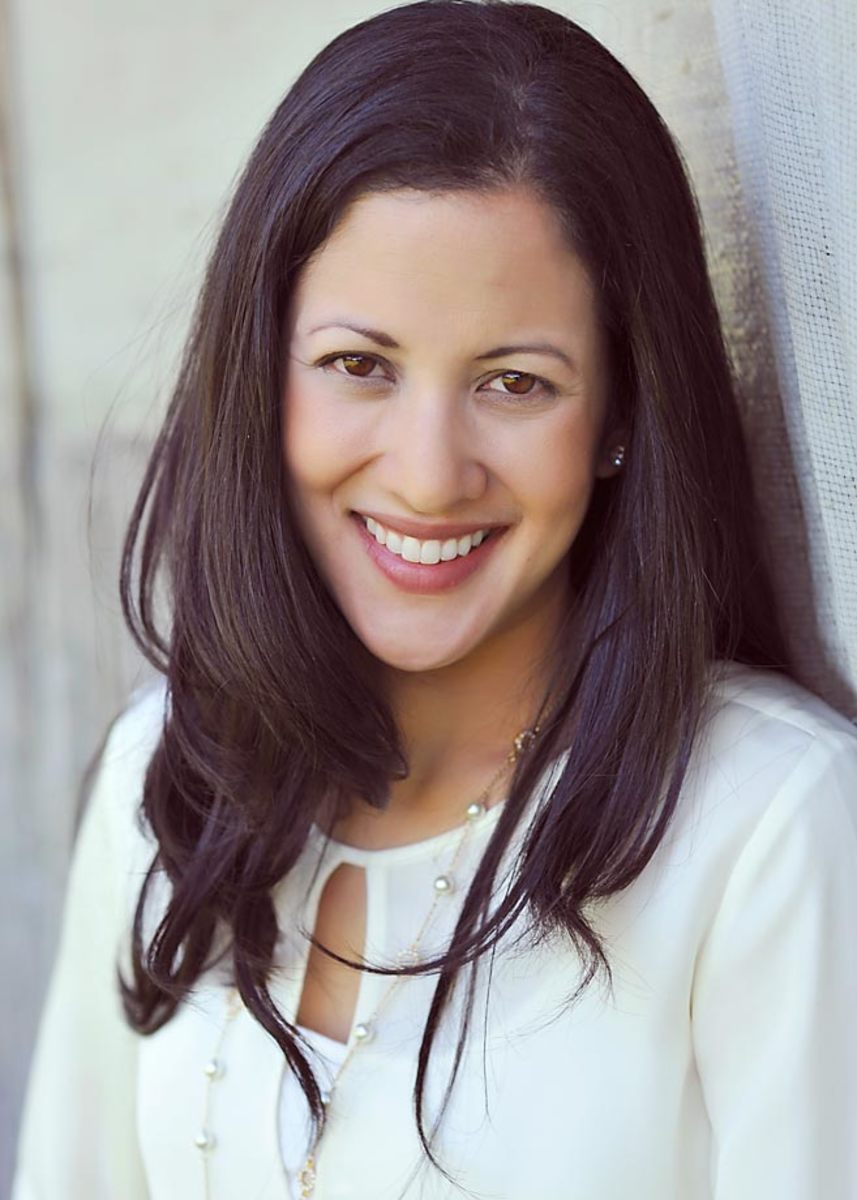
She is also involved in several organizations that expose young girls to career opportunities in STEM fields.
Like Bennion, most professional NFL and NBA dancers do it because of their enduring passion for dance. They pursue multiple commitments rather than settle for one, even if that means adding to their schedule two- to three-hour practices twice a week, at least 10 NFL home games -- 44 for the NBA -- and dozens of appearances throughout the year. Yet they somehow find a balance, representing their sports organizations while also succeeding in their careers.
But spectators don’t see that aspect of their lives. The glitz and the glamour of their on-field personas belie the other parts of their identities. As a result, their achievements come as a surprise to many, especially those who view them as simply sex objects. To them, cheerleaders exist for the sole purpose of entertaining the male gaze.
In fact, cheerleading directors and coaches look beyond appearances when deciding their rosters. Along with hours-long dance auditions, prospective cheerleaders also go through an interview process.
“All these girls can go out there and dance, so a little bit of credibility like these qualities of having additional degrees or being ambitious, all that separates us from the rest,” says Michelle Kolcun Williams, an officer in the Air Force and a former San Antonio Spurs Silver Dancer and St. Louis Rams cheerleader.
Although the women join the organization already accomplished, they gain further advantages when they learn how to represent their team in ways other than cheering, through media interviews and community events. Washington Wizard Girl Julia Griffin found that she developed skills as an NBA dancer that she didn’t acquire as a broadcast journalist.
“At work, I’m behind the scenes. I’m gathering footage, I’m writing the script, I’m piecing it all together,” Griffin says. “I love the fact that Wizard Girls has afforded me the opportunity to get a fair amount of media and public speaking experience.”
Bennion’s training as a Patriots cheerleader has also intersected with her professional pursuits. Interviews and appearances with the team strengthened her communication skills, a benefit that she values even more now that she teaches an introductory psychology course at a local college.
She cheers, publishes scientific papers, conducts sleep research and also teaches college classes. Upon hearing Bennion’s impressive resume, people often react with surprise. She says it doesn't bother her because she understands how they can assume cheerleading is a full-time profession. Part of her enjoys seeing the look on people’s faces when they hear what she does off the field; it gives her a chance to dispel the negative stereotypes associated with cheerleaders.
Cheerleading is one of their passions, but not anyone’s entire identity. They are also teachers, lawyers, engineers, accountants, nurses, social workers and Ph.D. and MBA. students. They are interested in statistics, electric vehicles, software design, cancer research, aerospace technology, special education, marine biology and public health. And they are all aware of the misconceptions people have and are more than happy to prove them wrong.
“People think we do it because we want to look pretty, be in front of a crowd, get with players or be in a swimsuit calendar,” Griffin says. “But at the end of the day, we all just love dancing, and cheerleading gives us an outlet to continue doing that.”
As Griffin considers this, she makes one final point and laughs: “And you know, we also all have brains.”
